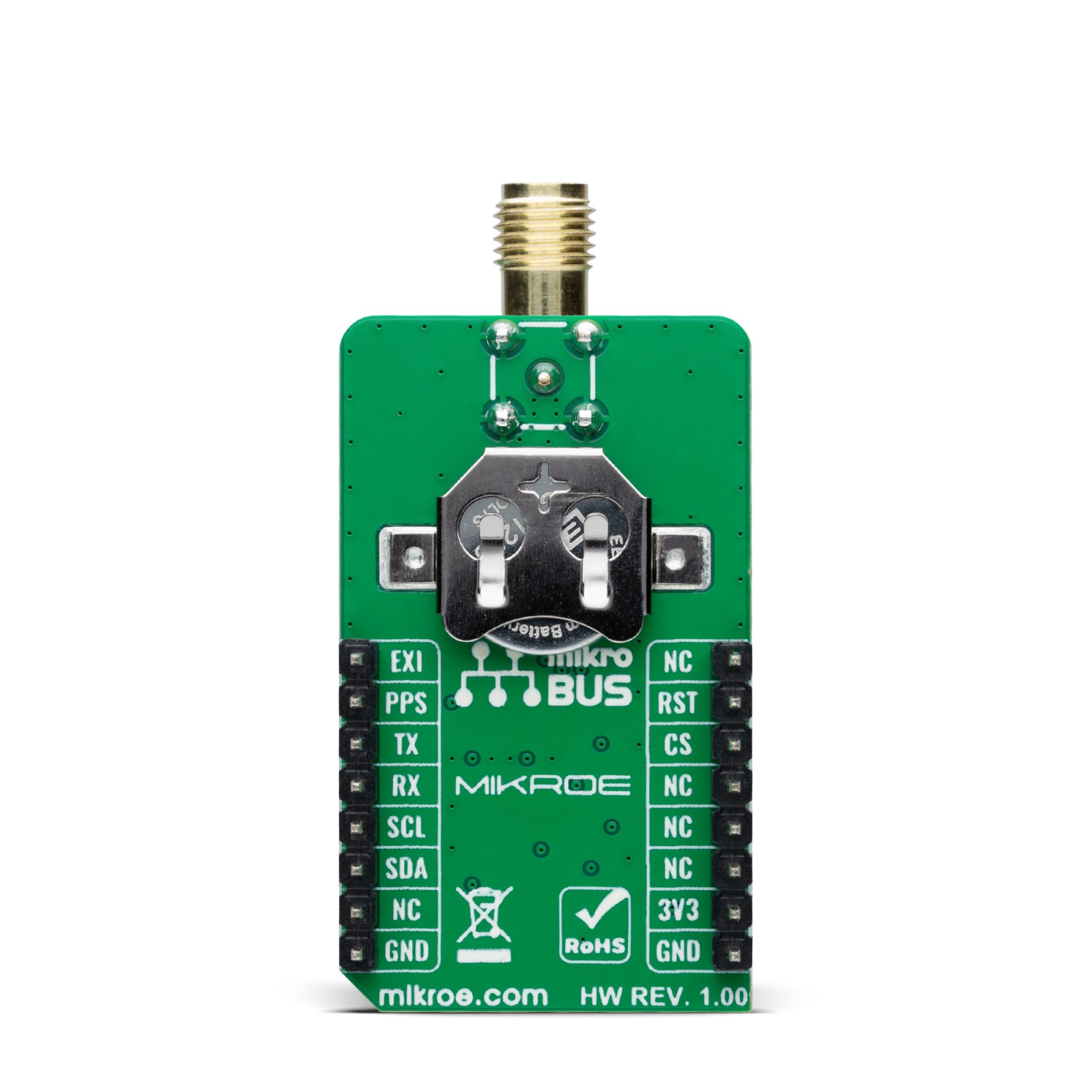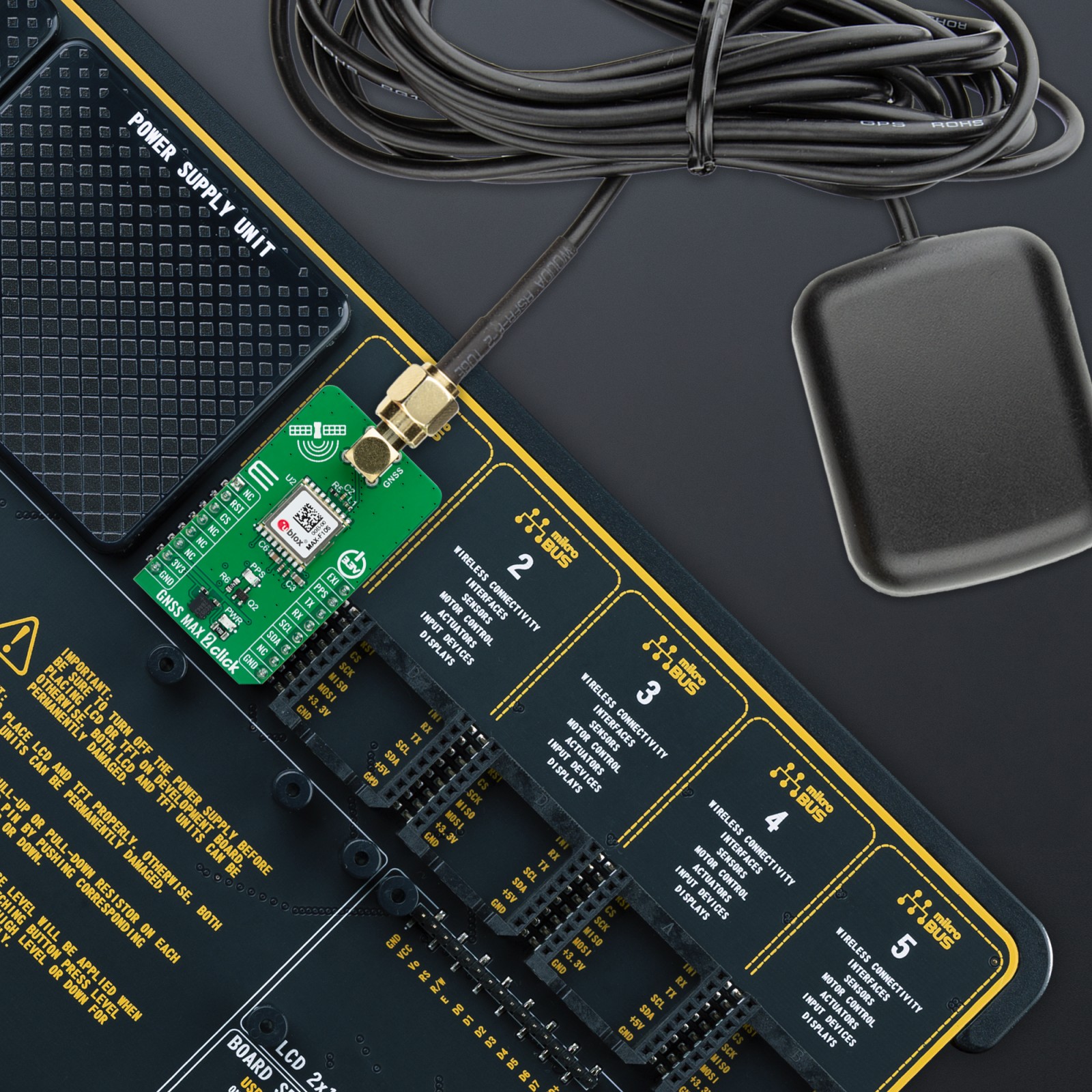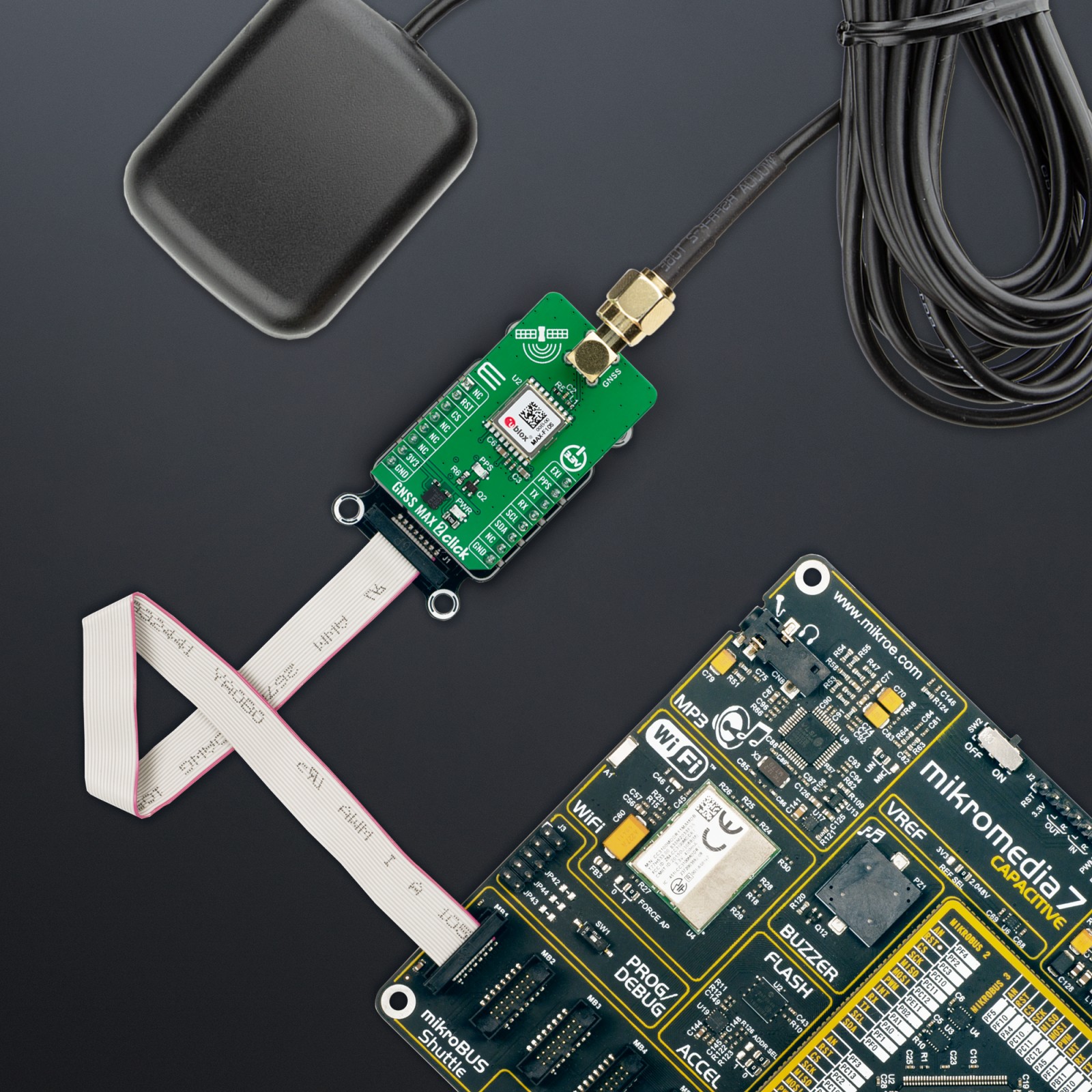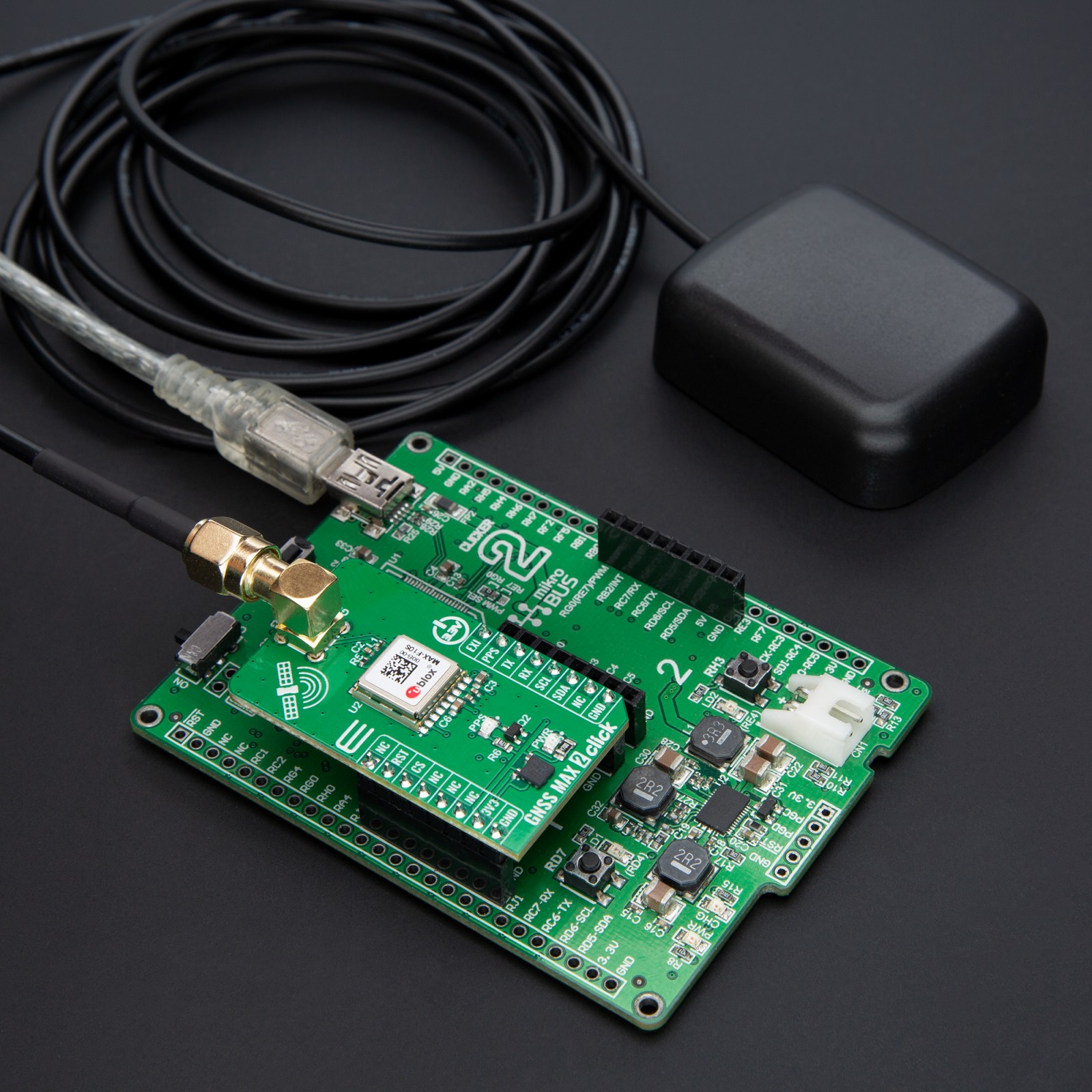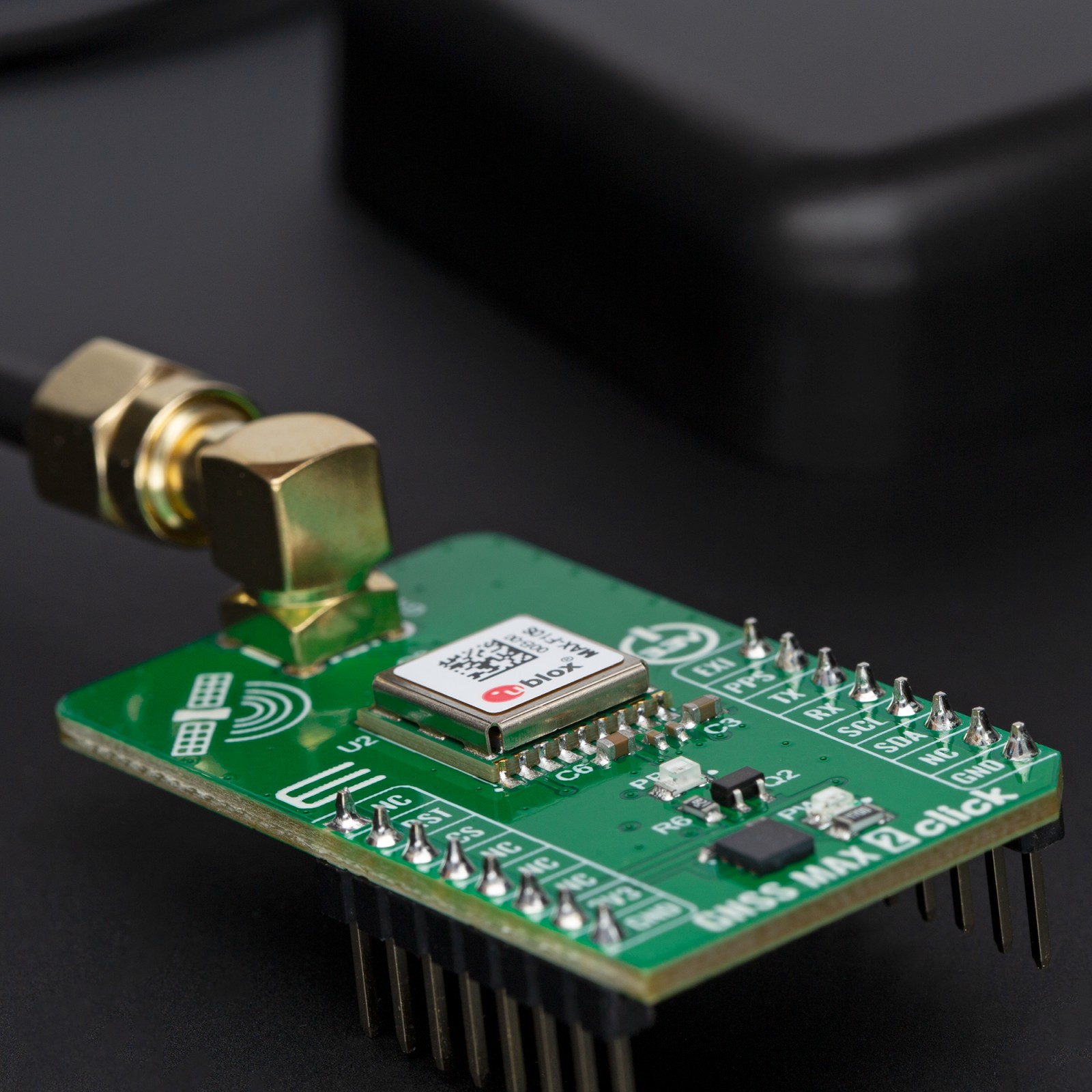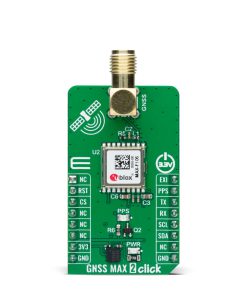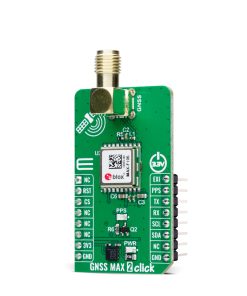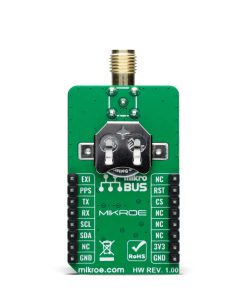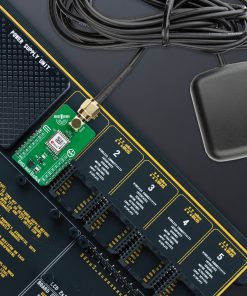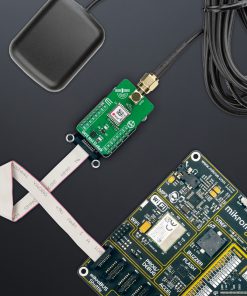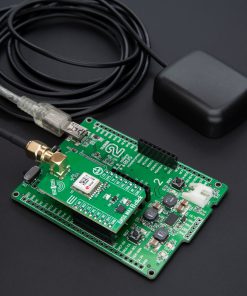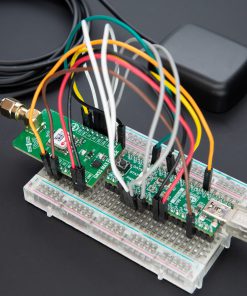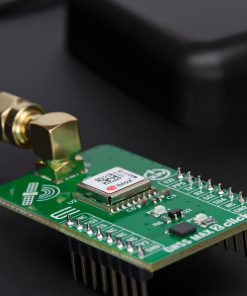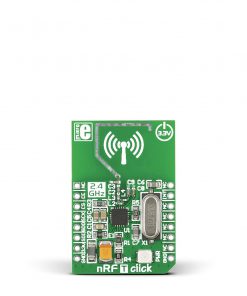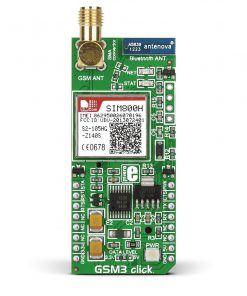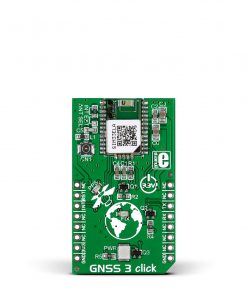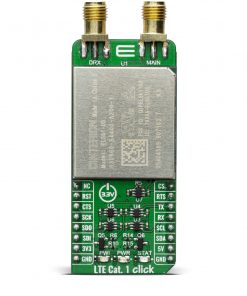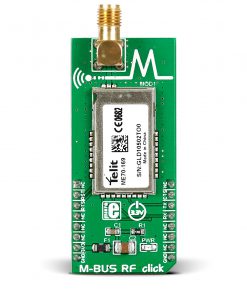GNSS MAX 2 Click
R1,200.00 ex. VAT
GNSS MAX 2 Click is a compact add-on board designed for precise positioning in urban environments. This board features the MAX-F10S, a professional-grade L1/L5 dual-band GNSS receiver from u-blox. This receiver uses dual-band GNSS technology to provide meter-level accuracy, even in challenging urban areas, by mitigating multipath effects. It supports concurrent GPS, Galileo, and BeiDou constellation tracking, offering robust performance with integrated filters and a low-noise amplifier for protection against RF interference. GNSS MAX 2 Click is ideal for vehicle tracking, fleet management, and micromobility solutions, even with small antennas.
GNSS MAX 2 Click is fully compatible with the mikroBUS™ socket and can be used on any host system supporting the mikroBUS™ standard. It comes with the mikroSDK open-source libraries, offering unparalleled flexibility for evaluation and customization. What sets this Click board™ apart is the groundbreaking ClickID feature, enabling your host system to seamlessly and automatically detect and identify this add-on board.
Stock: Lead-time applicable.
| 5+ | R1,140.00 |
| 10+ | R1,080.00 |
| 15+ | R1,020.00 |
| 20+ | R981.60 |



